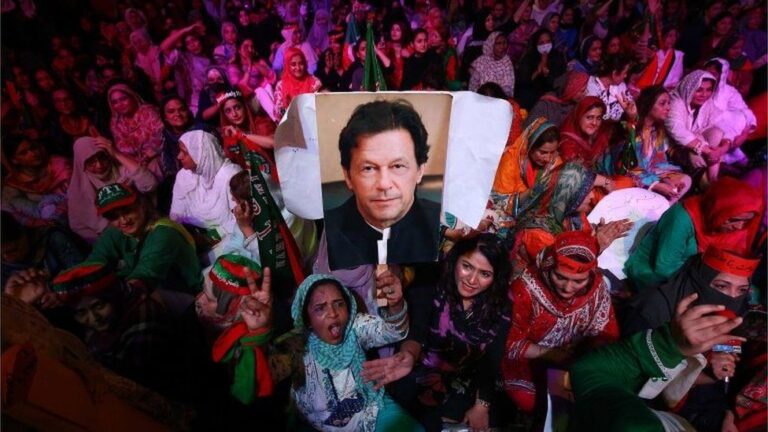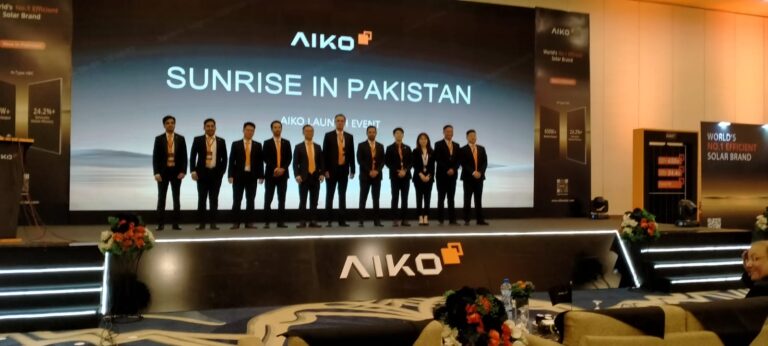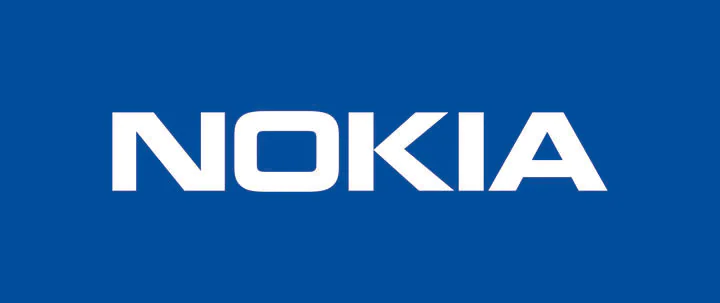Pakistan Paying the Russian Price for LNG
According to a recent report published by the State Bank of Pakistan, about (2020-21) liquefied natural gas (LNG) Pakistan has a 15-year take-or-pay contract with Qatar as well as some private suppliers in Italy.
The purchase through these contracts makes up 87 per cent of Pakistan’s LNG imports while the remaining 13pc are spot purchases. Consequently, Pakistan is restricted to make purchase of 87pc LNG due to the contract or else have to pay the penalty; the government can only find good deals for the remaining 13pc. According to the Ministry of Energy and the Oil & Gas Regulatory Authority projections, Pakistan’s natural gas supply will just be able to satisfy 22.3pc of market demand by the year 2030. The import of LNG has managed to lower the country’s overall power generation costs by approximately Rs234 billion between 2016-17 and 2019-20.
This isn’t the first time the expression “energy security” has been utilized around as Europe has planned to ban Russian oil and gas due to Russian-Ukraine war. Banning Russian petroleum implies that the supply of LNG in the EU, the UK and the US became restricted. In 2004, Russia invaded Georgia. Then again in 2014, Russia attacked and conquered the Ukrainian territory of Crimea. The idea of banning cheap Russian petro products was circulated but was not acted upon. Perhaps back then, the price of Russian energy supplies was considered too competitive for them to act upon the extent of energy security then. But not this time because Russia entered Europe’s backyard.
In response to rising demand, Qatar has recently declared its plans to raise its LNG generation capacity by 64pc by 2024 in order to capitalise on newly found gas supplies. Other natural gas producing countries, notably Canada, Mozambique, and other West African countries, also have declared similar development ambition of raising generation capacity of LNG. It appears that the utilization of LNG will keep on rising relatively close to near term (assuming natural gas production volumes and price policies stay stable). So far this year, Europe’s import volumes have increased by about 50pc as compared to last year, with no indication of a steady decline. Germany and the Netherlands are speeding up the development of floating import docks, with the first ones expected to open within the next six months.
Europe, UK’s and USA’s rising demand for LNG as compared to cheap Russian petro products, LNG is no longer a cheap alternative for Pakistan. Recently, during the Eid holidays to provide continuous power supply the state spent roughly $100 million for a single LNG cargo from the spot market. “The government is considering using Residual Fuel Oil (RFO)-based and coal-based power generation as alternatives,” said Syed Zakria Ali Shah, Joint Secretary and focal person to the Ministry of Energy (Petroleum Division). “Some developments have taken place regarding importing coal from Afghanistan and the Cabinet has also given approvals recently.”
Also Read: Chinese Banks Agree to Refinance Pakistan with $2.3 Billion Funding
Among substitute choices, Pakistan is in contact with Iran to import gas. The EU is also thinking about buying gas from Iran instead of Russia, making Iran a practical choice for Pakistan and if EU becomes a purchaser than the gas prices will drastically increase. Therefore, Pakistan must enter a contract for a longer duration (i.e. 5-10 years) for the import of gas from Iran and decisively play its cards keeping in view the international affairs. In the short run, Pakistan has no other option but to face inflation. However, we need to plan ahead for winter as well, as demand for gas increases in winter due to higher heating requirements in the EU and the US, thereby resulting in increased prices. Summers is generally a slow season, but not this year. We need to plan in advance for the winter, and for the next 5 years.







